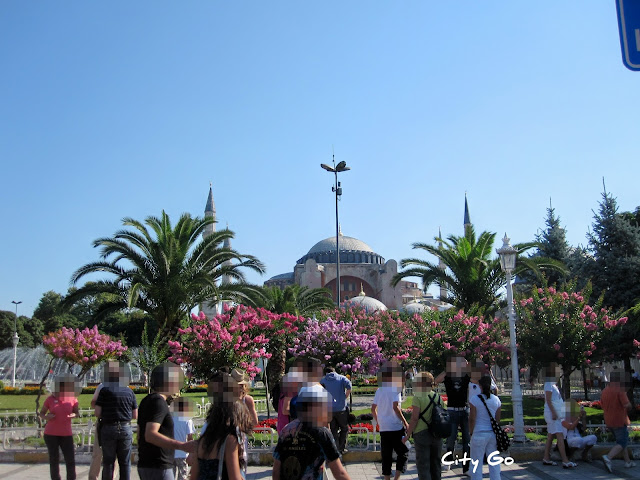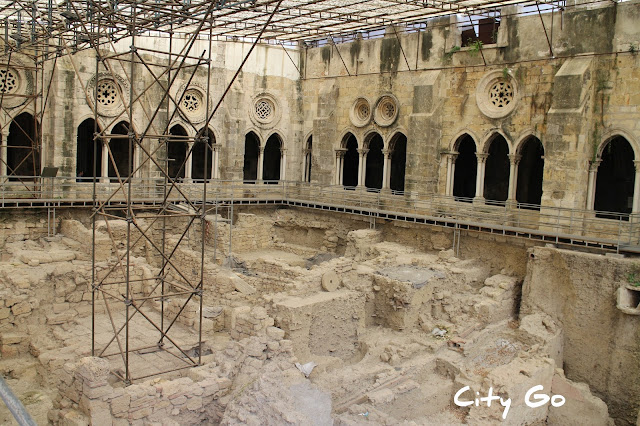Hagia Sophia, Istambul, Turkey
Hagia Sophia (Holy Wisdom, not Saint Sophia) was once a church, then a mosque and is now a museum.
Hagia Sophia was (re)built in 537 AD, by order of Emperor Justinian I and for 900 years was the centre of Orthodox Christianity- except between 1204 and 1261, when crusaders converted it into a Roman Catholic Cathedral. The previous two basilicas, built on top of a pagan temple, had been destroyed by rioters, the first in 404 AD and the second in 532 AD. More than 10,000 people worked in the construction of the Cathedral. The mosaics were finished later, during the reign of Emperor Justinian II (565-578).
A succession of earthquakes resulted in the original dome collapsing completely in 558. Isidorus the Younger, nephew of one of the original architects (or "mechanikoi", as they were called) was responsible for rebuilding the dome, which is 55,6m high and has a diameter of 31,2m, making it the second largest in the world, after the Pantheon's dome. Hagia Sophia was the largest cathedral in the world for almost 1000 years until Seville Cathedral was completed in 1520.
In 1453 Mehmet II, Sultan of the Ottoman Empire conquered Constantinople after a 54 days siege. He prevented the looting and destruction of Hagia Sophia and immediately converted it into a mosque. It served as inspiration for many other Ottoman mosques, including the nearby Blue Mosque.
In 1934 the founder of the Turkish Republic, Mustafa Kemal Ataturk, ordered the building to be converted into a museum. The white plaster covering the mosaics was pulled out and the carpets on the floor were removed, showing the original decorations for the first time in centuries.
Hagia Sophia was the most visited tourist attraction in Turkey in 2015.
Opening hours: 9 a.m. to 7 p.m. (5 p.m. Nov to mid-Apr.)
Entrance fee: aprox. €11.80 (40 TL)



















Comments
Post a Comment